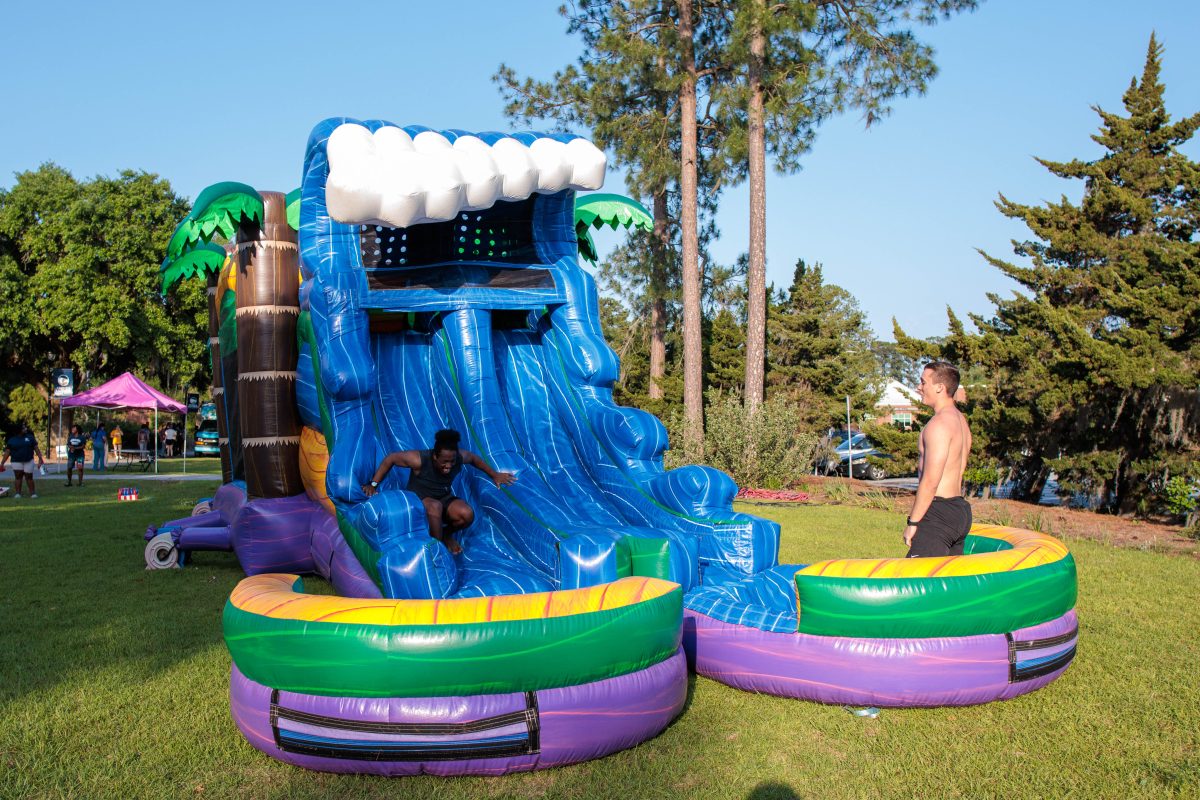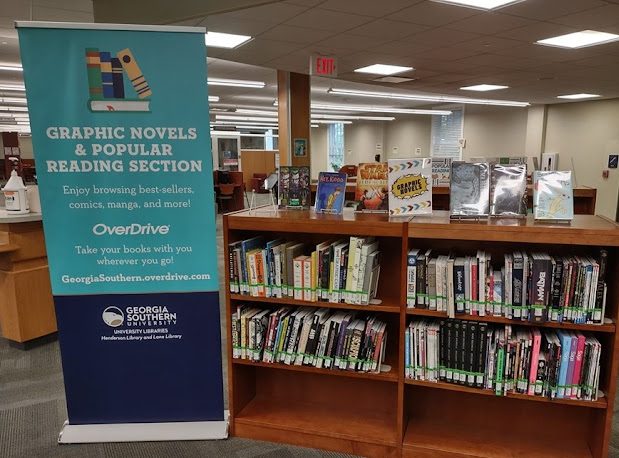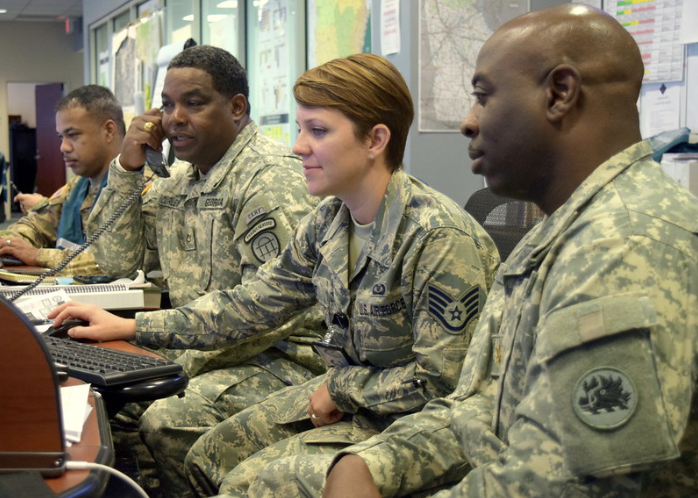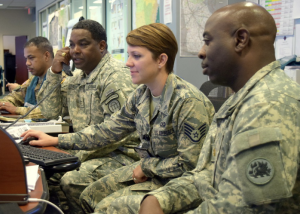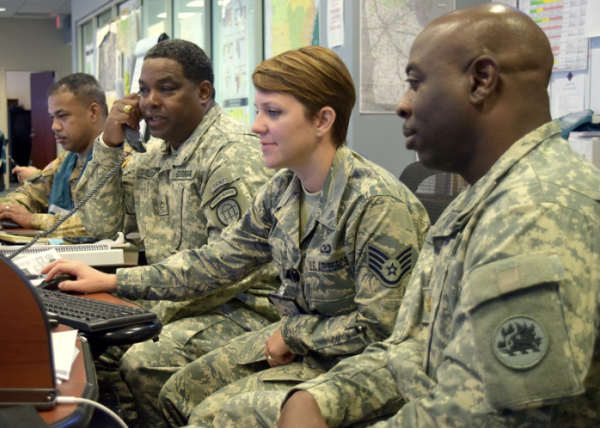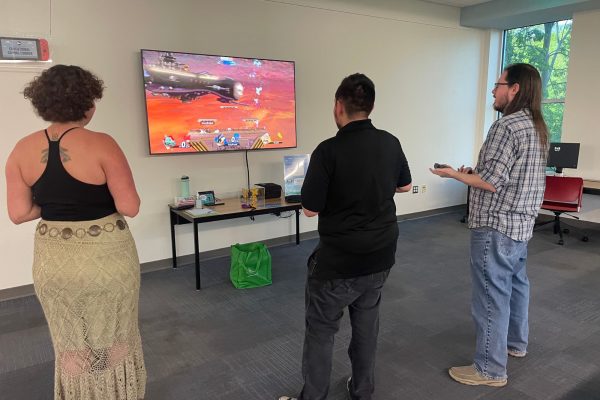Research team uses sport to study concussion
October 15, 2013
The Georgia Southern University Health and Kinesiology Department are conducting research on traumatic brain injury and its effects on student athletes.
This research is focusing on two topics. The first is how concussions occur, the other is understanding their implication and what happens to a person after a concussion, Tom Buckley, professor of health and kinesiology at GSU, said.
To understand how concussions happen, a special system is used to measure the force of an impact on a football helmet.
The Helmet Impact Telemetry System (HITS) consists of six sensors that are placed inside the helmet, which is flushed against a person’s head.
When a helmet gets hit, each sensor registers the acceleration of the impact and runs all of the measurements together to give an output of the linear and rational accelerations to the head.
“In essence we know how hard you got hit, where you got hit and how long you got hit,” Buckley said.
Eric Schiflett, graduate student of athletic training, operates HITS.
“I take the HIT System out to football practice everyday, I monitor it occasionally during practice and I also have a pager that will notify me when somebody takes an above-threshold hit,” Schiflett said.
“So we go look back to see where it was, how hard it was and the rotational forces,” Schiflett said.
The threshold of where traumatic brain injuries most often occur is at and above 98 g (one g is the acceleration due to gravity at the Earth’s surface).
From the data, Buckley and his team know there are certain types of impacts people are more likely to get concussions from.
The team can look at the data and if certain types of impacts occur, a correlation of the impact to what kind of exercise or drill can be made.
Specific types of drills at practice put a person at a higher risk. Buckley and his team can help modify the type of drill they are doing so as to put the players at less of a risk than before.
However, the HITS System is not predictive.
“You can’t prevent it. I mean, it’s a violent sport, concussions are going to happen, but maybe you can minimize it,” Buckley said.
After a student athlete receives a concussion, another project that is funded by the National Institute of Health (NIH) looks at the track of recovery.
The project primarily focuses on gait and posture control after a traumatic brain injury.
After a person receives a concussion, their balance is affected and becomes worse. It has also been found that it takes a long time for a person to recover, and everyone recovers differently, Buckley said.
There is a long mat that runs along the center of a gymnasium where the research takes place. The long mat contains force plates, which are essentially really expensive bathroom scales, Buckley said.
The force plates measures and calculates the center of pressure on the ground while a person is walking using a technique based on Newton’s laws of motion: every action has an equal and opposite reaction.
“When they come in as freshman some of them have had concussions, some of them haven’t, so we test all of them. If they do get a concussion, then we can look at recovery,” Kelsey Evans, graduate student of exercise science, said.
Evans runs the recovery research in the project.
Some people can recover in a few days while others can take up to several months to full recover, Buckley said.
“There is no one set recovery and that makes concussions different from most other injuries,” Buckley said.
Buckley said, “It’s a very unique individualistic approach. No two are the same.”

